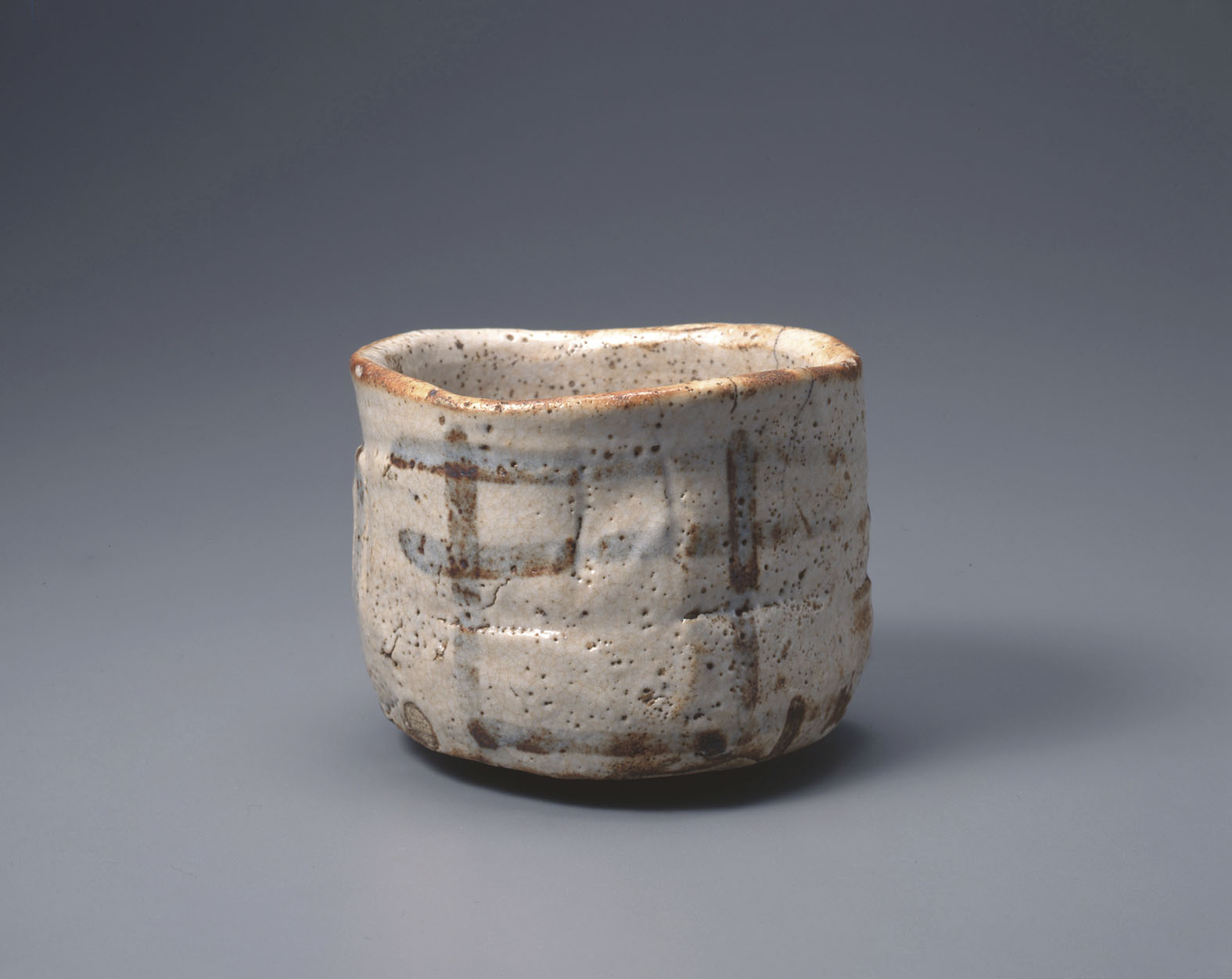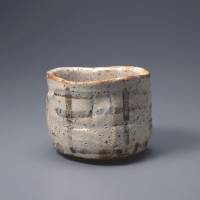The ceramics in this exhibition date to the late-Momoyama Period (1573-1615) and all hail from the Mino Province in modern-day Gifu Prefecture. Four kinds of Mino ceramic ware became representative of the Momoyama Period — Shino (thick white glaze with red marks), Ki-Seto (yellow glaze and green blemishes), Seto-guro (black glaze) and Oribe-yaki (various colors but predominantly green glaze).
The Mitsui Memorial Museum is already well-known for housing and exhibiting its "Unohanagaki" Momoyama Period tea bowl, a National Treasure and the highlight of this show. This time, however, it introduces other masterpieces made around the same period as its prized possession; Sept. 10-Nov. 24.
Mitsui Memorial Museum; 03-5777-8600; Mitsui Main Building 7F, 2-1-1 Nihonbashi Muromachi, Chuo-ku, Tokyo; Mitsukoshimae Station, Ginza Line. 10 a.m.-5 p.m. ¥1,200. Closed Mon. (except Sept. 16, 23, Oct. 14, Nov. 4), Sept. 17, 24, Oct. 15, Nov. 5. www.mitsui-museum.jp




















With your current subscription plan you can comment on stories. However, before writing your first comment, please create a display name in the Profile section of your subscriber account page.